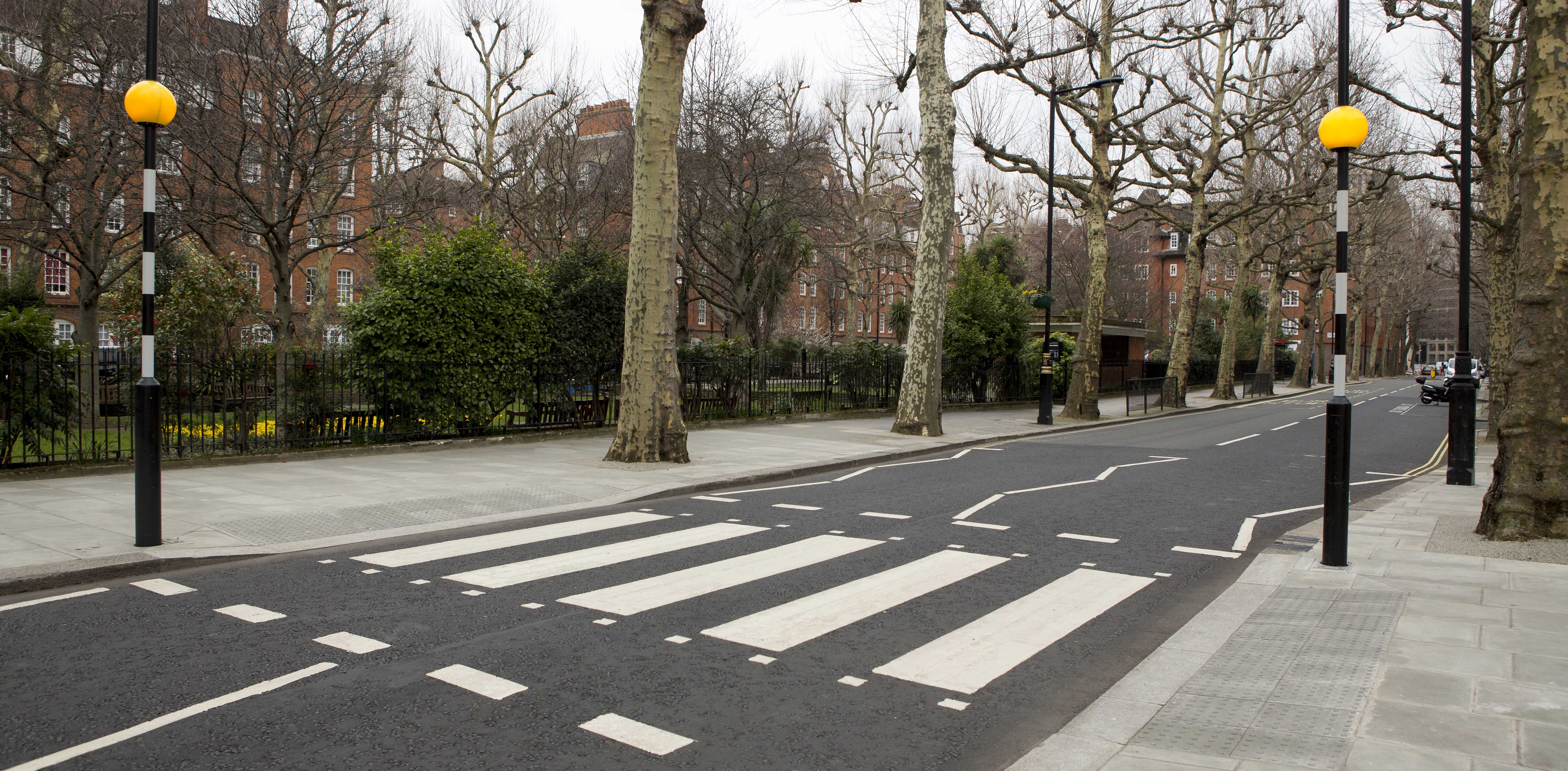
If an accident were to occur and you were injured you can contact our office and one of our experienced attorneys will review your case. Summer is a busy time in our city and if you are out walking or biking through the city you will want to make sure you are staying safe and avoiding any unnecessary interactions with motorists. With some of these provisions there is hope that the number of New Haven pedestrian accidents will reduce in the coming years. Lawmakers have indicated that the law gives increased flexibility to city and town leaders to make pedestrian safety a priority in their own communities. Pedestrian / Bicycle Accidents Ignoring the stop signal at the intersection or failing to follow other traffic rules.


Prohibits “dooring” which describes when car doors are left open and impede the process of a bicyclist or pedestrian.Īfter having passed the Connecticut House of Representatives the bill will now go on to the desk of Governor Lamont to be signed into law.Application of pedestrian rights to solicitation of rides in a motor vehicle and walking on limited access highways. Cities and towns will now be allowed more flexibility in setting their own speed limits without first having to run it by the state for approval. Operator of a vehicle required to exercise due care to avoid pedestrian.
The pedestrian rules connecticut drivers#

In fact, 65 pedestrians were killed in the state of Connecticut last year alone. Last year, pedestrian accidents were significantly higher then in recent years. In an overwhelmingly bi-partisan vote of 32-3, the Connecticut Senate approved a new bill aimed at reducing the number of New Haven pedestrian accidents that occur each year. More states are taking similar steps, including Texas where a new law threatens drivers with jail time or steep fines for injuring people who are walking or biking, and other states are rolling out pedestrian safety programs and educational campaigns.Changes To Pedestrian Traffic Laws Approved By The Connecticut Senate JPublished by Admin But the rule also prevents local governments from preempting or overriding the change through traffic ordinances. The rule defines an “immediate hazard” as any approaching vehicle that could reasonably cause a collision, which still gives local law enforcement officers some discretion. Sponsors of the bill, which passed the state legislature in September, explain the motivation: “Preventing police from using jaywalking as a pretext to stop Black and Brown people, especially since under-resourced neighborhoods often lack adequate crossing infrastructure.” Across the U.S., people of color are disproportionately targeted for walking violations. However, the rule could normalize common pedestrian behaviors that are sometimes thought of as unsafe simply because they are prohibited.

Safety advocates in the state hope the rule will inspire, “a culture change over time, where we create roads that are more friendly to everybody.”Ī proposed law in California takes a somewhat different approach to inspire culture change by letting people walk wherever they wish, including midblock or against a red light, if there is no “immediate hazard.” The move is arguably less about improving safety and more about preventing the heavy-handed enforcement of existing jaywalking regulations. The Connecticut Department of Transportation launched an educational campaign as the new law rolled out. Under the new law, however, people may compel drivers to stop just by raising their hand as they approach a crosswalk or by extending their hand, cane, bicycle, or other “extension” into the crosswalk. Under the previous law, drivers were required to stop for anyone that had stepped off the curb or into a crosswalk. Thanks to An Act Concerning Pedestrian Safety, new state legislation that went into effect on October 1st, our state is becoming safer for pedestrians and cyclists. Amid drastically rising pedestrian deaths, more states are considering how changes in pedestrian laws can help tip the balance in favor of those on foot and inspire a cultural shift to make walking safer and more commonplace.Ī new law that took effect in Connecticut on October 1 tightens the requirements for drivers to stop at crosswalks, and violation of the law will come with a $500 fine.


 0 kommentar(er)
0 kommentar(er)
